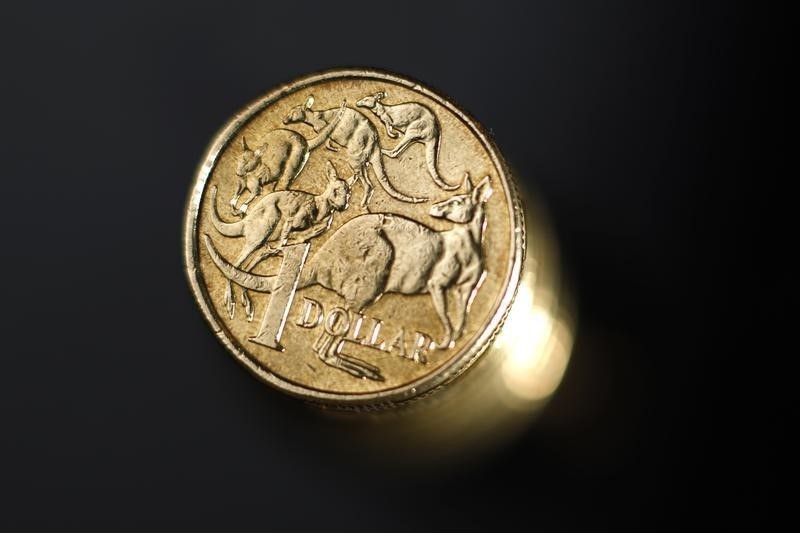By Swati Pandey
SYDNEY, March 22 (Reuters) - The Australian and New Zealand dollars were on track for a second consecutive week of gains against the greenback but their advances were limited by a rally in bonds that sent yields to multi-year lows.
The Australian dollar AUD=D4 was up 0.2 percent so far this week, trading in a very tight band between $0.7057 and $0.7168. The currency jumped to near three-week highs on Thursday after official figures showed the country's labour market was going strong but the gains were not sustained.
On Friday, the Aussie was down 0.1 percent at $0.7104.
The New Zealand dollar NZD=D4 has done better this week, rising 0.7 percent helped by data showing the country's economy expanded rapidly last quarter. was up 0.2 percent on Friday at $0.6887.
The antipodean currencies were also helped by a dovish U.S. Federal Reserve, which has now abandoned plans to raise rates this year. the greenback still found support among investors as most major central banks, including in Australia and New Zealand, have shown a commitment to keep policy stimulatory.
Besides, Brexit too is an overhang for risk assets such as the Aussie and kiwi dollar, said Rodrigo Catril, senior forex strategist at National Australia Bank.
Britain could leave the European Union without a Brexit deal on April 12 if lawmakers next week reject May's agreement with Brussels, EU leaders said on Thursday. said a case can also be made for a stronger USD in its own right," Catril added.
"In a world where major central banks look set to remain on the sidelines for the remainder of this year with the risk of easing more likely than tightening, the US economy continues to win the least ugly contest. Thus the USD looks attractive amid a likely low volatility environment and carry appeal."
Bonds have rallied hard in the last couple of weeks amid soft economic data globally and strong investor demand.
Yields on Australian three-year notes AU3YT=RR have dived 29 basis points since the start of March to hit 1.432 percent, below the cash rate and the lowest since late 2016.
The 10-year bond futures contract YTCc1 has surged about 39 ticks to 98.1650 in almost three weeks, taking it nearer to the all-time peak of 98.2000. (Editing by Richard Borsuk)
